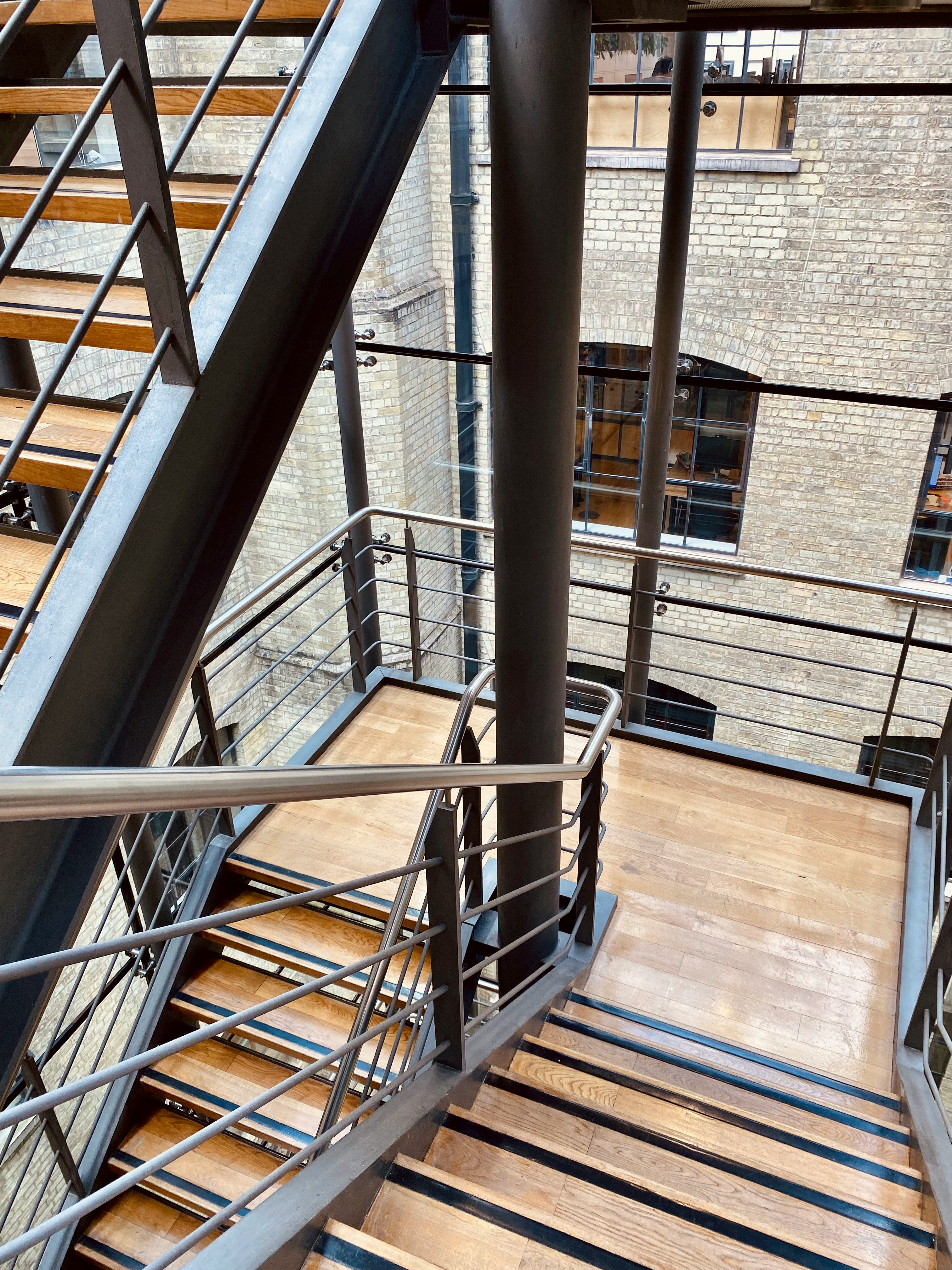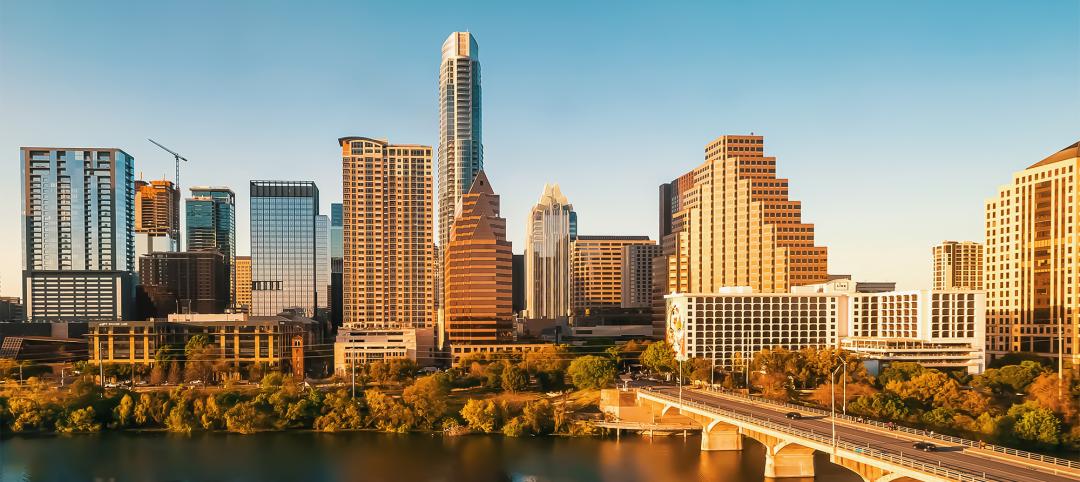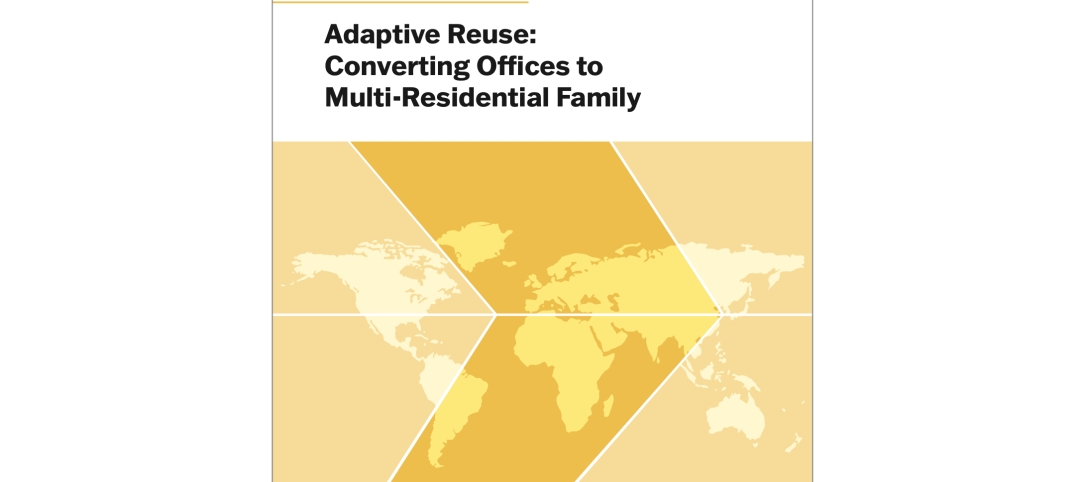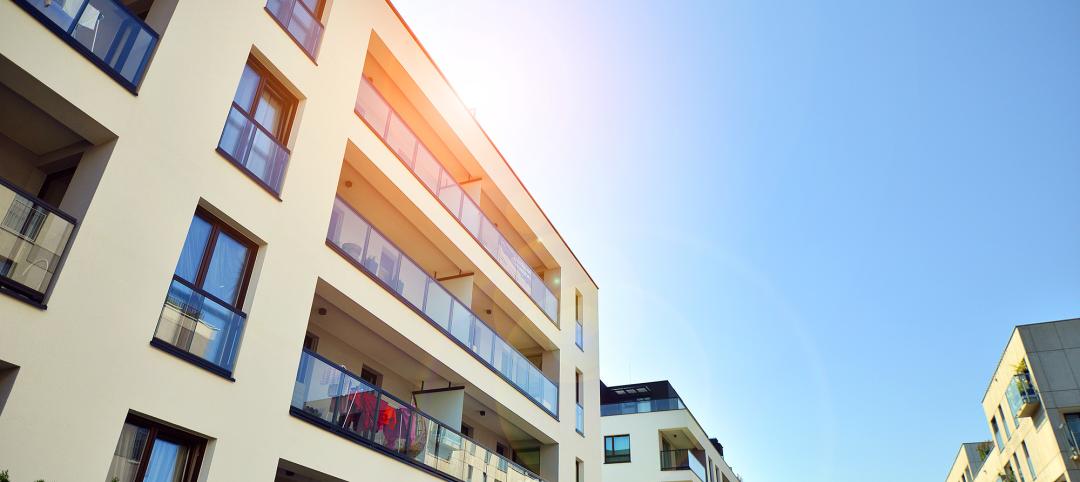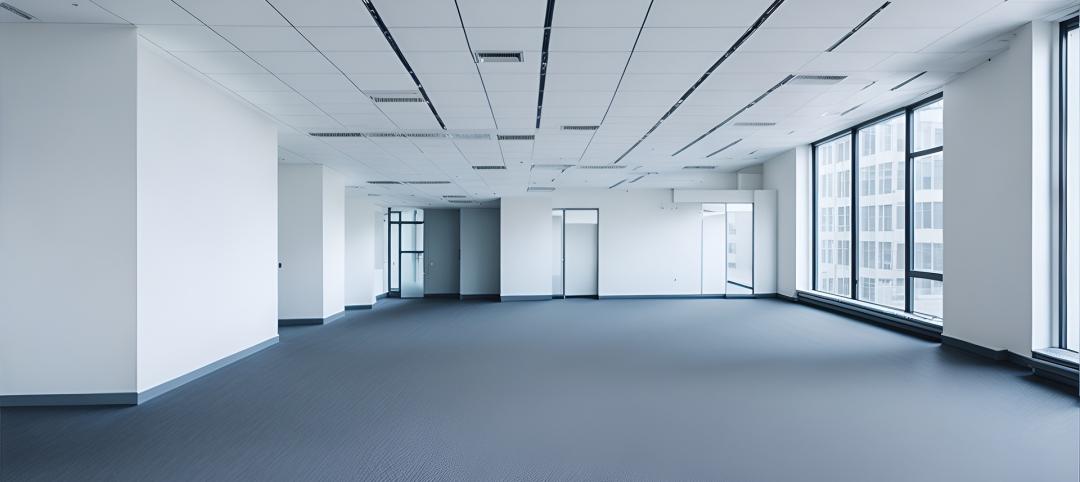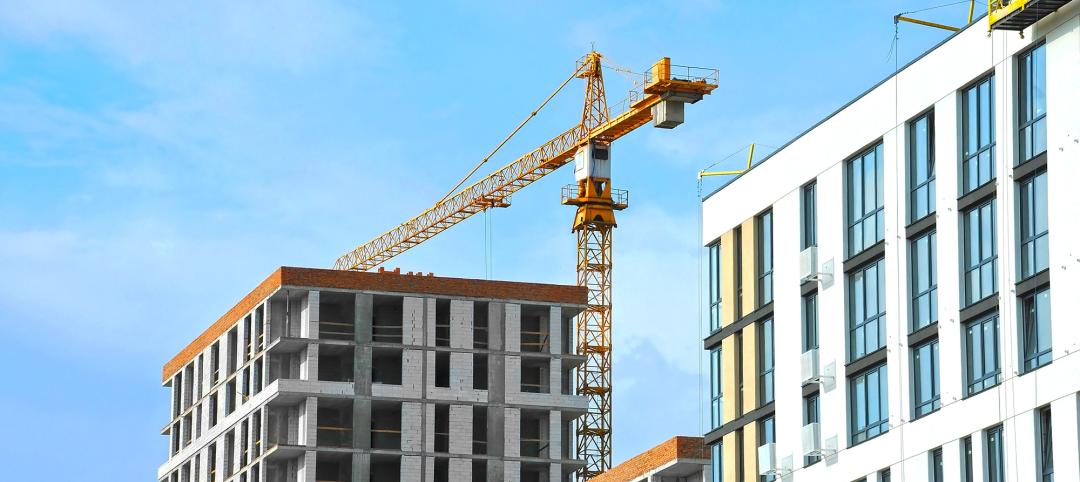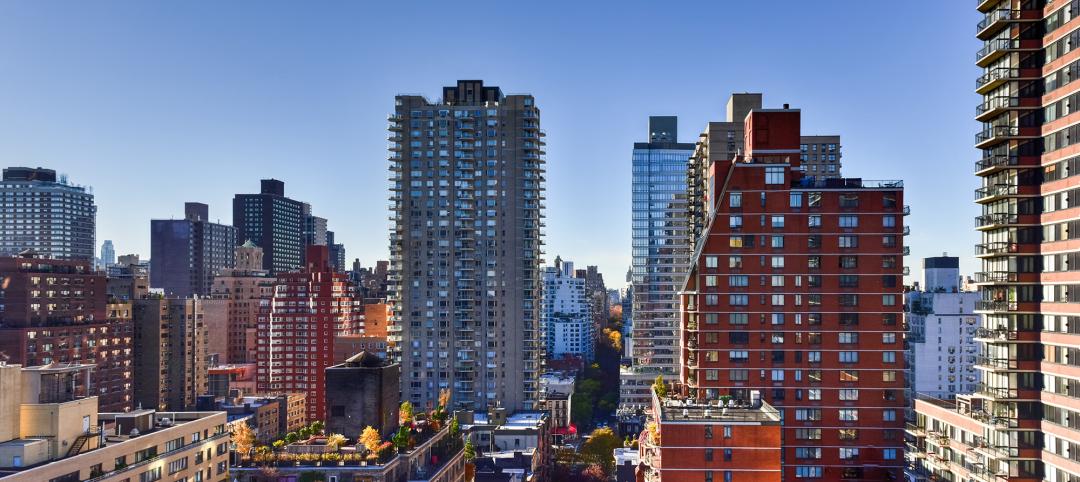Even before the pandemic, the traditional American office building was on life support. Now, real estate developers across the country are reinventing existing properties, often converting them into residential spaces. However, this solution may be fraught with fire and life safety challenges.
This article focuses on six critical aspects that architects, commercial property owners, and developers must consider when adapting a former office building to residential use based on the International Building Code (IBC), which is widely adopted as the state building code.
1. International Building Code vs. International Existing Building Code
Making alterations to a building, such as changing its occupancy, doesn’t necessarily mean the entire building must fully comply with the International Building Code. The International Existing Building Code (IEBC), adopted by many states, provides guidelines on how to modify buildings to meet IBC standards without overburdening owners with full compliance for all existing areas.
The IEBC is designed to facilitate the safe reuse and continued use of existing buildings. It recognizes that bringing an entire building up to the latest code may not always be feasible or necessary, especially if only a portion of the building is being modified. This approach helps to balance safety with practicality, ensuring that building owners are not faced with prohibitively expensive and time-consuming renovations that could make adaptive reuse projects unviable. A comprehensive understanding of the IEBC allows design professionals to tailor the scope of conversion projects, minimizing the impact on existing spaces and reducing construction costs and time.
2. Allowable number of stories and building area
The allowable number of stories and building area for office and residential uses differ. Residential buildings face more restrictive requirements, resulting in fewer allowable stories and smaller floor areas. For instance, a six-story, fully sprinklered office building built to Type IIA construction standards (noncombustible structural material with a one-hour fire resistance rating) cannot be entirely converted into residential use.
The IBC only allows up to five stories for residential buildings of the same construction type. Similarly, an office building with 69,000 sf per floor built to Type IIB construction (noncombustible structural material with no fire resistance rating) cannot be converted to residential use, since it is restricted to 48,000 sf per floor.
These constraints necessitate careful planning to ensure compliance and safety. Architects and developers must conduct a thorough analysis of the existing building’s structure and design to determine how best to reconfigure it for residential use, while adhering to the IBC’s stringent requirements. This may involve limiting the work scope area, adding fire barriers to provide occupancy separation or incorporating additional fire safety measures to compensate for the change in use.
3. Fire protection, life safety, and fire service system upgrades
Converting office space to residential use often requires substantial modifications to existing fire protection, life safety and fire service systems. All sleep areas demand low-frequency horns and carbon monoxide/smoke alarm devices which are not required in business occupancies. Additionally, many older office buildings are equipped with standard response sprinklers, which are inadequate for residential use. Quick-response or residential sprinklers, which activate faster and more efficiently, are required. Tests by Factory Mutual for FEMA have demonstrated that sprinklers within high thermal sensitivity can significantly reduce room temperatures and carbon monoxide levels, enhancing life safety by providing more time for occupants to escape and reducing the risk of fatal smoke inhalation. Lastly, in some jurisdictions, converted buildings are treated as new buildings, and are subject to Emergency Responder Communication Coverage (ERCC) requirements. If the building fails the ERCC test, it will be necessary to install an ERCC system, which can be costly.
4. Egress width requirements
The minimum width requirements for exit stairs and doors in current building codes are often more stringent than those in place when older office buildings were constructed. For example, older buildings may have stairways as narrow as 40-42 inches, whereas current codes require a minimum width of 44 inches.
The change of occupancy from office to residential space can also lead to an increased occupant load. This increased load impacts the egress provisions, necessitating wider and more numerous exits to ensure safe evacuation during emergencies. For instance, an office space with an occupant load factor of 150 may have a significantly lower occupant load than a dormitory space, which may have an occupant load factor of 50. This means that the proposed building’s occupant load would increase significantly, requiring upgrades to the existing egress systems.
5. Exit remoteness and travel distance
The placement and remoteness of exits are crucial in residential buildings. State building codes now require that exits be located at a distance of no more than half the diagonal measurement of the area served, or one-third if the building is fully sprinklered. These requirements were often not in place when older office buildings were constructed, posing challenges during conversion.
Additionally, maximum allowable travel distances in residential areas are shorter than in office spaces. Office buildings from the 80s or early 90s might allow a maximum travel distance of up to 400 feet. Office buildings built after the 90s allow a maximum travel distance of up to 300 feet, whereas new residential spaces are required to have a travel distance of up to 250 feet. Ensuring that occupants can reach exits within these shorter distances requires careful redesign and potentially significant alterations to the building layout. This can involve adding new exits or reconfiguring interior layouts to reduce travel distances, ensuring that residents can quickly and safely evacuate in an emergency.
6. Handrail compliance
Handrails installed before the 90s adhere to different standards than those mandated by current codes. For example, older handrails might be mounted at heights between 30-34 inches above the floor, while current codes require heights between 34-38 inches to accommodate the average height increase over the years. Furthermore, modern codes specify additional requirements such as handrail extensions.
Retrofitting handrails to meet these new standards is often necessary to ensure safety and compliance in residential buildings. This might involve not only adjusting the height of handrails but also ensuring they are continuous and have the required extensions at the top and bottom of stairways. These changes are essential to provide a secure and accessible means of egress for all occupants, including those with disabilities or mobility issues.
Performance-based design as an alternative
While compliance with prescriptive codes is crucial, it can sometimes be cost-prohibitive or impractical to make all necessary modifications during a conversion. In such cases, performance-based design (PBD) can offer a viable alternative. PBD focuses on achieving specific safety goals through tailored strategies, rather than relying solely on prescriptive codes.
This approach requires collaboration among architects, engineers, fire safety experts and regulatory authorities to ensure effective and compliant designs. Performance-based design allows for innovative solutions that meet the intent of the building codes, while considering the unique constraints and opportunities presented by the existing structure.
Conclusion
Converting former office buildings into residential spaces offers a promising solution to the changing real estate landscape. However, ensuring compliance with fire and life safety standards is paramount. By understanding and addressing the differences in allowable building areas, upgrading fire protection systems, meeting egress width requirements, ensuring exit remoteness and updating handrails, developers can create safe and compliant residential environments.
Leveraging performance-based design can further enhance safety and feasibility, paving the way for successful adaptive reuse projects. In summary, careful planning, thorough analysis and adherence to both prescriptive and performance-based codes are essential to transforming office buildings into safe, livable residential spaces.
About the Author
Victor Cai is a Team Leader with Telgian Engineering & Consulting (TEC). He provides services including fire sprinkler, fire alarm, smoke control, and building code/life safety code consultation. In addition, he has a comprehensive understanding of the International Building Code (IBC), International Fire Code (IFC), and the National Fire Protection Association (NFPA) standards. Victor can be reached at vcai@telgian.com
CHECK OUT MORE ARTICLES ON OFFICE TO RESIDENTIAL CONVERSIONS:
- Adaptive reuse report shows 55K impact of office-to-residential conversions
- A new white paper explores the pros and cons of office building conversions
- The impact of office-to-residential conversion on downtown areas
- Pittsburgh offers funds for office-to-residential conversions
- Adaptive reuse: 5 benefits of office-to-residential conversions
- Structural engineering solutions for office-to-residential conversion
Related Stories
MFPRO+ News | Oct 22, 2024
Project financing tempers robust demand for multifamily housing
AEC Giants with multifamily practices report that the sector has been struggling over the past year, despite the high demand for housing, especially affordable products.
MFPRO+ Research | Oct 15, 2024
Multifamily rents drop in September 2024
The average multifamily rent fell by $3 in September to $1,750, while year-over-year growth was unchanged at 0.9 percent.
The Changing Built Environment | Sep 23, 2024
Half-century real estate data shows top cities for multifamily housing, self-storage, and more
Research platform StorageCafe has conducted an analysis of U.S. real estate activity from 1980 to 2023, focusing on six major sectors: single-family, multifamily, industrial, office, retail, and self-storage.
Student Housing | Sep 17, 2024
Student housing market stays strong in summer 2024
As the summer season winds down, student housing performance remains strong. Preleasing for Yardi 200 schools rose to 89.2% in July 2024, falling just slightly behind the same period last year.
Adaptive Reuse | Sep 12, 2024
White paper on office-to-residential conversions released by IAPMO
IAPMO has published a new white paper titled “Adaptive Reuse: Converting Offices to Multi-Residential Family,” a comprehensive analysis of addressing housing shortages through the conversion of office spaces into residential units.
MFPRO+ Research | Sep 11, 2024
Multifamily rents fall for first time in 6 months
Ending its six-month streak of growth, the average advertised multifamily rent fell by $1 in August 2024 to $1,741.
Adaptive Reuse | Aug 29, 2024
More than 1.2 billion sf of office space have strong potential for residential conversion
More than 1.2 billion sf of U.S. office space—14.8% of the nation’s total—have strong potential for conversion to residential use, according to real estate software and services firm Yardi. Yardi’s new Conversion Feasibility Index scores office buildings on their suitability for multifamily conversion.
MFPRO+ Research | Aug 9, 2024
Apartment completions to surpass 500,000 for first time ever
While the U.S. continues to maintain a steady pace of delivering new apartments, this year will be one for the record books.
MFPRO+ Research | Aug 6, 2024
Matrix multifamily report for July shows ‘hopeful signs’
The multifamily market is showing strength in many ways, according to the July 2024 Matrix Multifamily National Report by Yardi Matrix.
MFPRO+ New Projects | Jul 31, 2024
Shipping containers converted into attractive, affordable multifamily housing in L.A.
In the Watts neighborhood in Los Angeles, a new affordable multifamily housing project using shipping containers resulted in 24 micro-units for formerly unhoused residents. The containers were acquired from a nearby port and converted into housing units at a factory.



